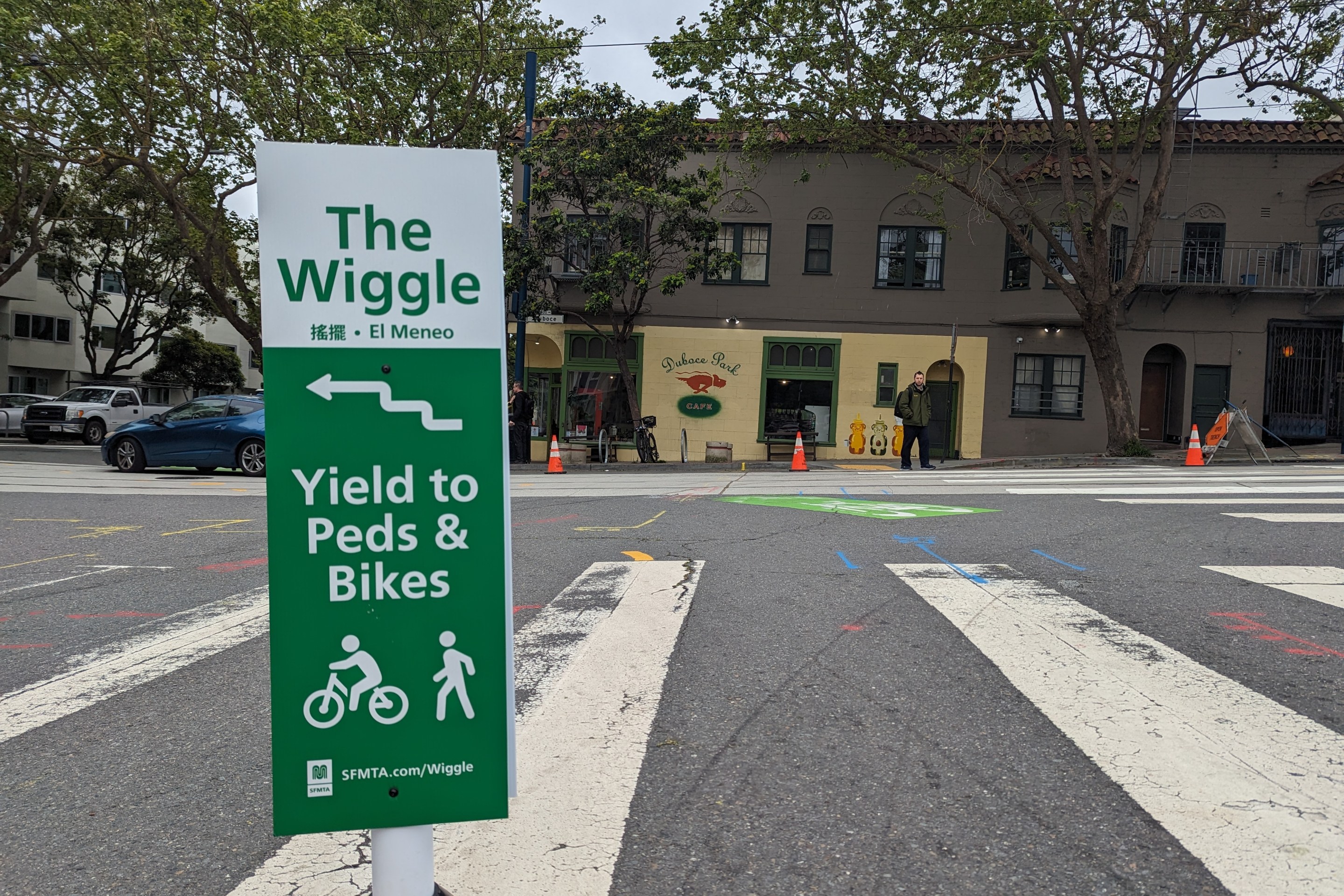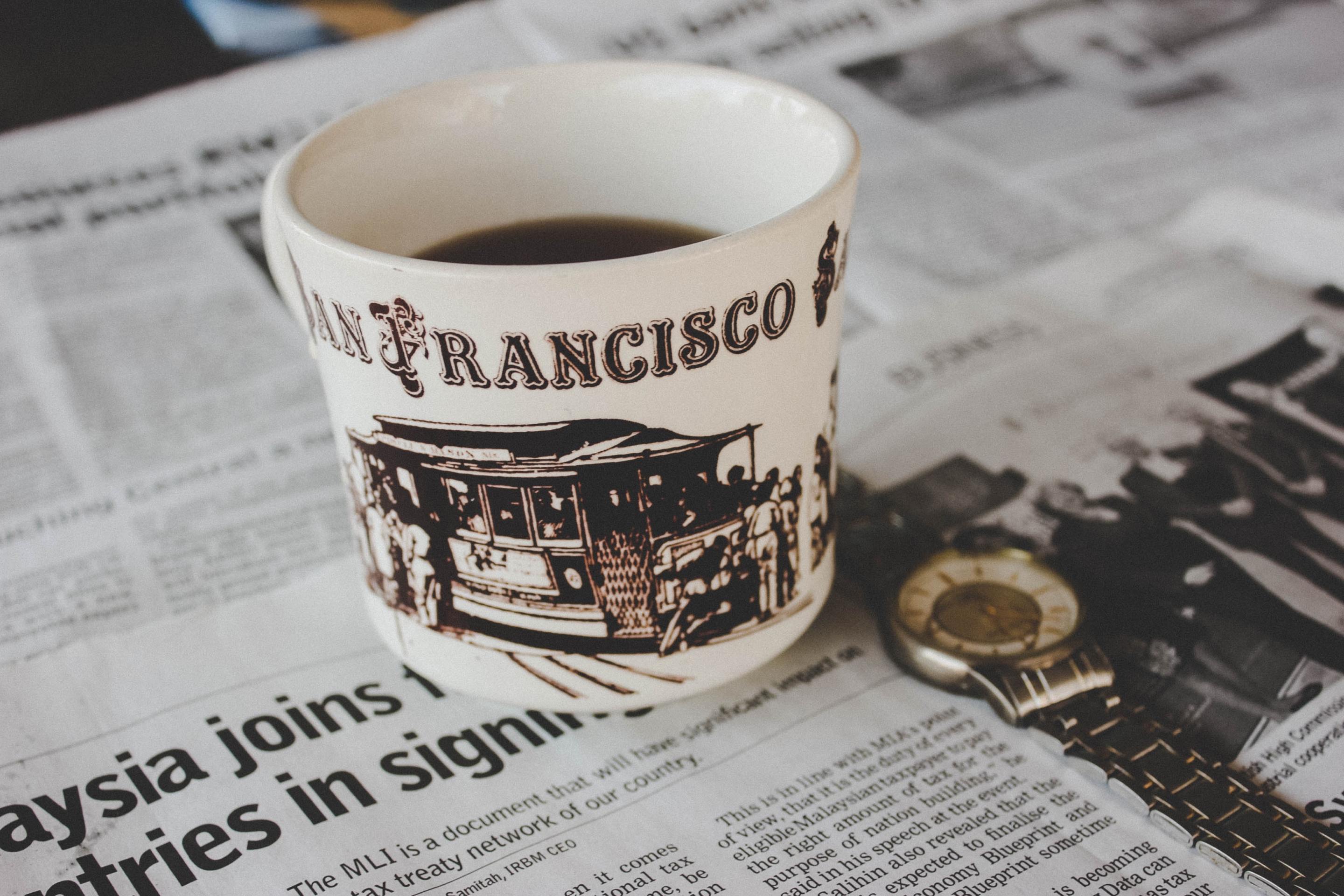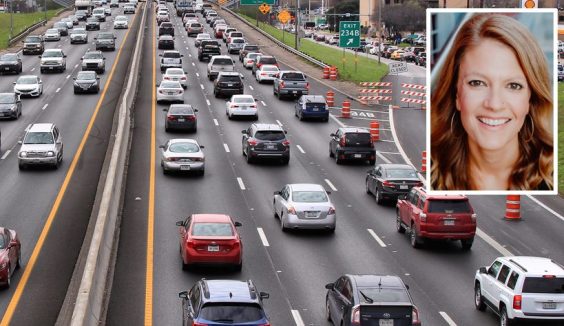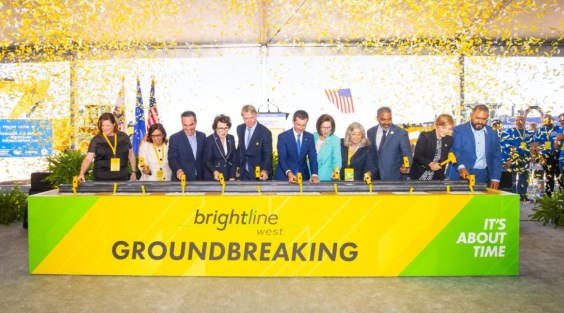Jan Gehl Reflects on San Francisco’s Fisherman’s Wharf
4:20 PM PDT on October 9, 2008

"When I was a visiting professor at Berkeley in the 1980s, I used to come to Fisherman's Wharf and walk around," Danish urban designer Jan Gehl said Wednesday night, to more than 100 San Franciscans at the Pier 39 Theater near Fisherman's Wharf. "Now it's like deja vu; it's exactly like I remember it 25 years ago."
The Wednesday event was part of the ongoing public outreach effort for the Planning Department's Fisherman's Wharf Public Realm Project,
which seeks to greatly enhance the quality of the public spaces around
the famous tourist destination (nearly 13 million annual visitors, or
roughly one-fourth of all visitors to New York City). Having been recruited by the city to impart his internationally-renowned vision locally, Gehl urged San Franciscans to consider best practices from cities throughout the world that have transformed waterfronts
from failing public spaces into the vibrant heart of the public realm. He argued that the spirit and principles that have made Oslo, Copenhagen, and Melbourne so successful could work in San Francisco.
Gehl presented the preliminary findings of his
study of the area [PDF], asserting that the most interesting places in a city are "where the water and the streets come together." He said smart city leaders around the world have reversed the trend of abandoning their waterfronts to so-called "undesirable elements," and instead have developed integrated parks and promenades that appeal to the various needs of every demographic. Successful cities have recognized the changing interests of city
dwellers who often congregate in public spaces not out of necessity,
but out of an interest in being near other people.
He was adamant, however, that quality public space was not the same as commodified public space, or the "Rouse-fication" of waterfronts so that they resemble theme parks or festival markets (think South Street Seaport in New York or the Bayside Marketplace in Miami, projects of the Rouse Company). These, he said, are "based on getting people down to the waterfront and then skinning them in different ways... getting them to buy things they don't want."
While Fisherman's Wharf already has a number of gimmicky shops that local residents loathe, Gehl believes that much can be done to improve the quality of public space with simple amenities, such as more benches and movable furniture. He was shocked that the area didn't have more places to sit and watch people pass by.
Gehl's study notes that the volume of pedestrian traffic to
Fisherman's Wharf is already higher than some other prominent walking cities, including London and Copenhagen. Much like the "ped-lock" in Times Square, in Fisherman's Wharf there are far more pedestrians than cars, though the city has made greater relative concessions to the latter. While Jefferson Street's 60-foot width is equally allotted between pedestrians and cars, during peak periods there are 15 times more pedestrians using the space.

During the sometimes contentious question-and-answer period after the presentation, the audience voiced support for preserving (and in some cases renewing) the area's historical maritime traditions. Several commenters suggested developing a fish market to attract local residents to the area, while one woman, a captain of a fishing vessel, invited Gehl to sail the harbor to better understand the perspective of those who still make a living from the sea. A large round of applause went up when one audience member recommended closing Jefferson Street entirely to private cars.
Jeffrey Pollack, Proprietor of Nick's Lighthouse restaurant and the head of the Fisherman's Wharf Restaurant Association, said his organization hoped that the city would alter zoning laws to improve the retail environment, specifically supporting local businesses as opposed to chain stores. "We're the second largest tourist draw in California behind Disneyland," he said, "but we don't want to be Disneyland."
Photo: Matthew Roth
Stay in touch
Sign up for our free newsletter
More from Streetsblog San Francisco
Independent Safety Advocates Beef up the Wiggle
Signs and soft-hit posts installed by advocates make the Wiggle bike route calmer and safer for cyclists and pedestrians




